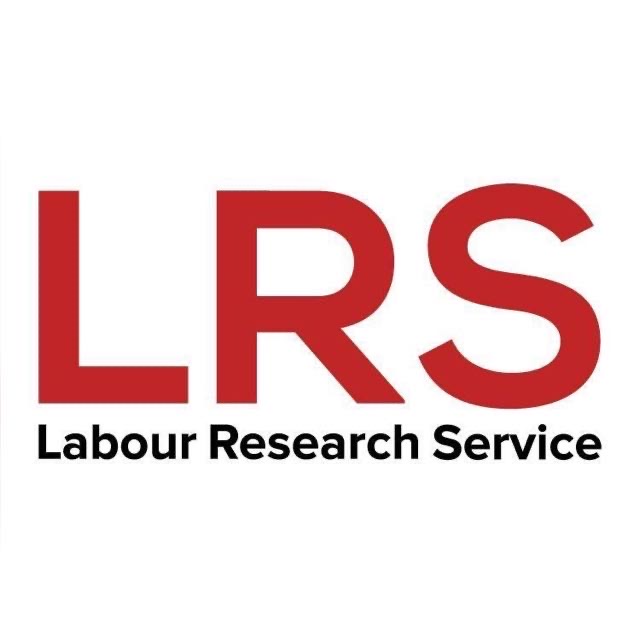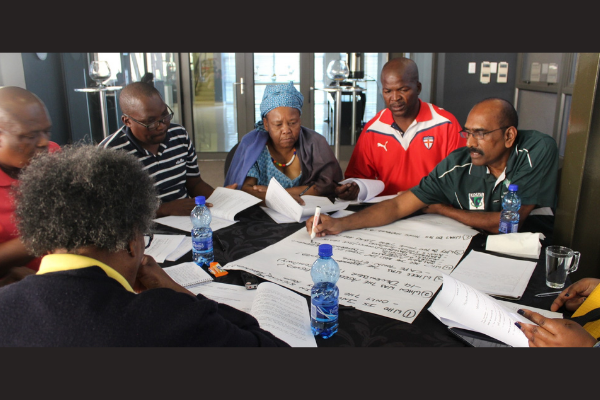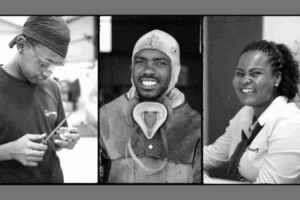One of the most important responsibilities of a shop steward at a workplace is addressing the problems raised by workers. These problems can vary widely, with some being resolved quickly and others taking years of struggle. Some issues are obvious, and members will bring them to you as their shop steward, while others are less apparent and require you to be vigilant.
In general, workplace problems can be divided into two groups: individual and small group problems, and collective problems or issues.
Different types of problems require different approaches and procedures. Some issues may begin with a complaint from an individual worker, but upon investigation, you might find that the problem is more widespread. An individual problem can thus become a collective issue. For example, if a worker complains about receiving only time and a half for Sunday overtime, your investigation might reveal that all workers are being paid at this rate, despite the law mandating double time on Sundays. This transforms the issue into a collective one. You need to determine the nature of the problem to decide on the appropriate course of action.
How do we address various kinds of problems? The general rule is:
– Individual grievances and small group grievances are handled through the grievance procedure.
– Disciplinary problems are addressed through the disciplinary procedure.
– Collective issues are managed through collective bargaining (negotiations).
Handling grievances and disciplinary cases
When handling grievances or disciplinary problems, it’s crucial to ask the right questions, gather accurate facts, and develop strategic plans. Too often, stewards rush to management with a problem without adequate preparation.
Steps to take when preparing a grievance
1. Get the facts: This is essential. To prepare the case, you must know exactly what happened. Sometimes the worker involved may conceal the truth, so you must tactfully uncover the facts. Ask the following questions:
WHEN? – Date and time
WHO? – People involved
WHERE? – Place of the problem
WHAT? – Nature of the problem
WHY? – Reason for the problem
2. Analyse the problem
Is it a grievance? Sometimes, the issue can be resolved by offering advice. Occasionally, the grievance is not genuine, or the complaint may be against another worker and should not be taken to management.
Is there a chance of success? Some problems are impossible to solve, while others are complex and require long-term solutions.
Is this an individual problem or a collective issue? This will determine your approach to the issue.
3. Make further investigations:
Are there any witnesses?
Has management broken any agreements?
Are any legal rights involved?
Does the union have a policy on the issue?
Do you need to inspect the place where the problem occurred?
Do you need any documentary evidence?
4. Get advice from other shop stewards: Discuss the problem with other stewards and sometimes with your organiser. This makes grievance handling a collective learning experience, encourages teamwork, and ensures information spreads to other departments.
5. Plan your approach:
Work out clear demands. It’s pointless to just complain.
Prepare your argument and have your facts ready.
Gather your evidence and witnesses.
Have a fallback position: If you don’t win your demand, is there an acceptable compromise?
6. Involve the membership: Keep members informed about what is happening to keep them active, interested, mobilised, and ready to give practical support. Keeping workers informed also strengthens your position as a shop steward, as management will know the union membership supports you.
Procedures for taking up grievance cases
Most workplaces have procedures to follow when handling grievance cases. These procedures can be informal or written down and may be unilaterally implemented by management or negotiated with a union.
Grievance procedures can effectively support workers’ rights but can also work against workers’ interests if shop stewards and membership are weak or if stewards are unfamiliar with them or don’t know how to use them effectively.
In grievance procedures, workers take the initiative against management. This differs from disciplinary procedures, where workers defend themselves against actions brought by management. In grievance procedures, workers initiate the action by laying the complaint and pushing the issue from low-level management up to top management.
The grievance procedure
The typical grievance procedure:
STEP 1
The worker fills in the grievance form.
The worker gives the form to the supervisor.
Time limit: 5 days if unresolved
STEP 2
The worker reports the matter to the foreman.
The foreman gets the grievance form from the supervisor,
Time limit: 5 days if unresolved.
STEP 3
The worker reports the matter to the department head.
The department head gets the grievance form from the foreman.
Time limit: 6 days if unresolved
STEP 4
The worker reports the matter to the personnel department.
The personnel department gets the form from the department head.
Time limit: 10 days if unresolved.
STEP 5
Meeting between the worker, personnel manager, and general manager.
The general manager’s decision is final.
What to look out for in a grievance procedure
- Number of stages: Many stages can cause long delays, which is often a management tactic.
- Time limits: Without time limits, management is likely to delay the process.
- Shop steward involvement: Every grievance is a union issue. Management prefers to keep grievances “private.” Involve senior shop stewards and union officials in later stages to strengthen the struggle.
- Final stage to be a dispute: Management’s word should not be final.







